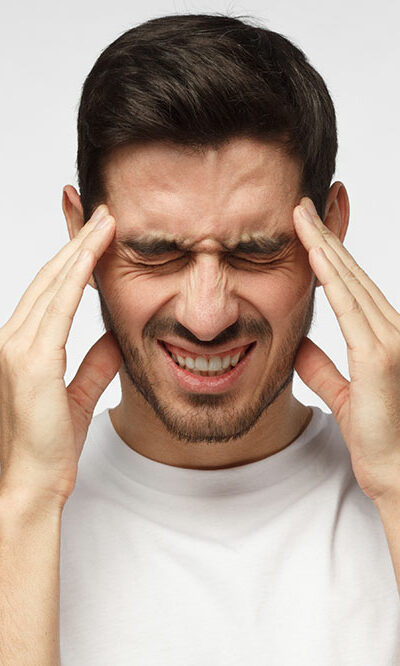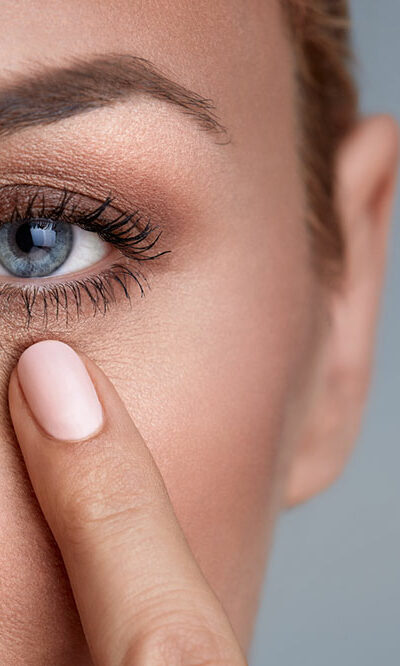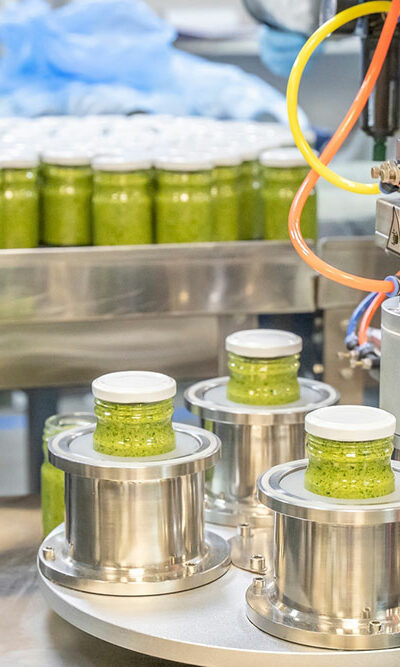
5 everyday styling errors to avoid
Everyone’s style is a unique reflection of their tastes, moods, and creativity. Gone are the days when we were subjected to a long list of rules dictating how to dress up. Today, the world of fashion has taken several steps forward, allowing every individual to explore their sense of style. As you undertake this journey, here are a few styling errors to avoid to help you put your best foot forward! Accessorizing too little or too much Accessories can make or break your outfit. Wearing too many accessories with one outfit can make you appear out of place, while going for too little can make even the most well-thought-out outfit appear like a last-minute look. Take some time to select the perfect accessories for your chosen outfit, such as layered necklaces, a set of pearl earrings, a stylish watch, or a chic handbag. Following antiquated fashion rules When styling your outfit for any occasion, remember that you only need to impress yourself! Several fashion “rules” surrounding colors and patterns have been around for decades. It’s time to put these in the bin and style your outfit based on your comfort and preferences. Only wearing fashion trends With every season, there is a change in trends. These changes have become more pronounced with the advent of social media. Influencers and celebrities often make people feel compelled to change their looks and fit into “current trends”. Not only is this approach financially and environmentally wasteful, but it is also unlikely to suit everyone’s style. Instead, invest in quality pieces that appeal to your taste and comfort. Ignoring the wash instructions on your clothes This may not seem like a clear styling error, but failing to care for your clothes can hamper your look. Carefully follow the washing instructions for each garment to keep them looking fresher for longer!










